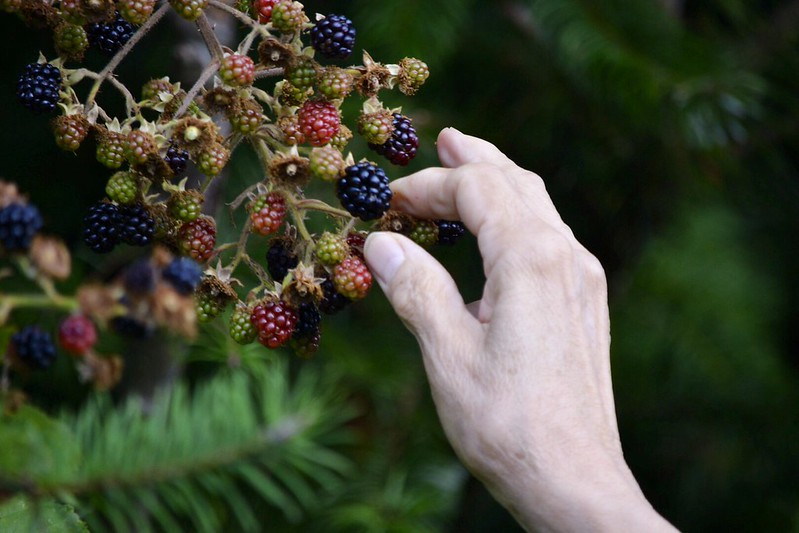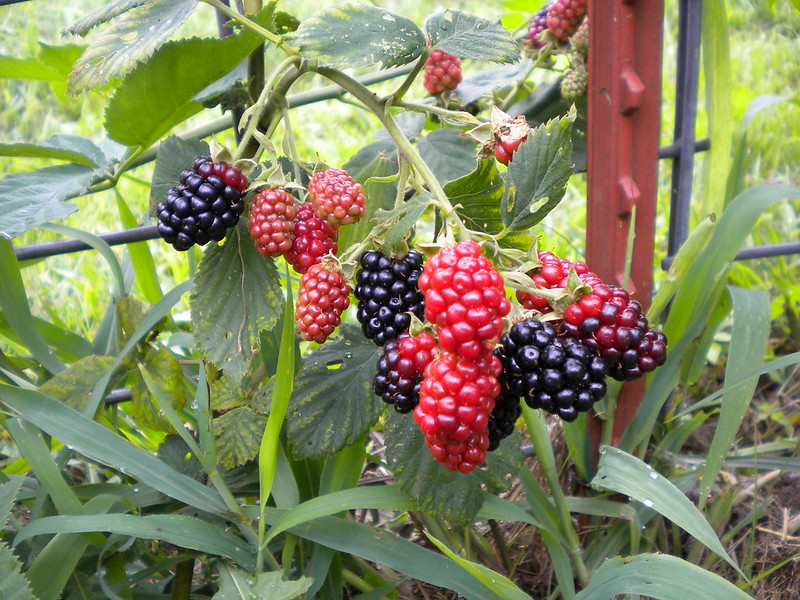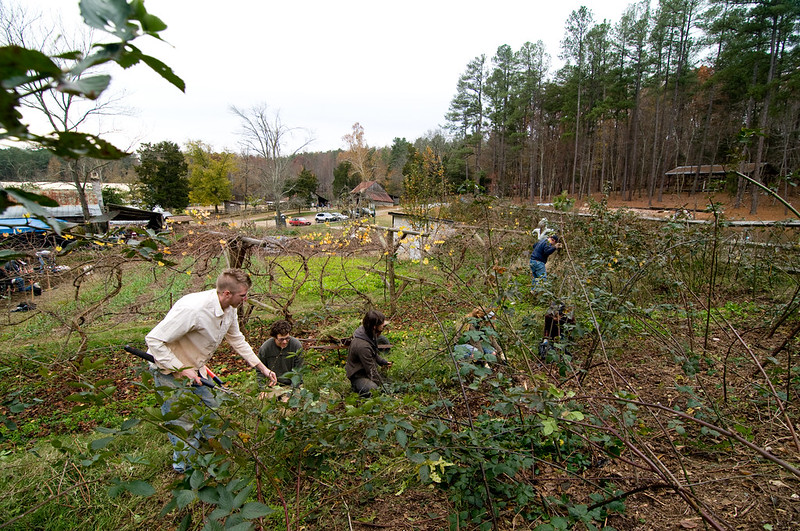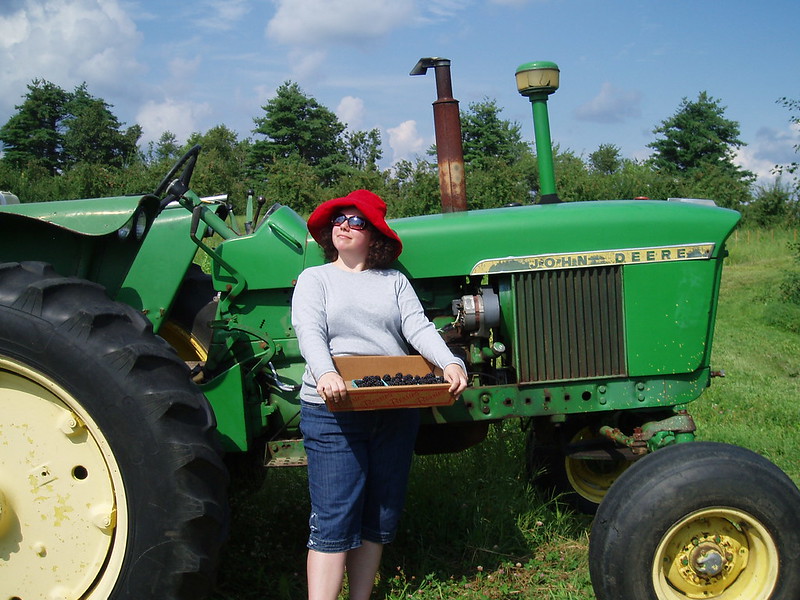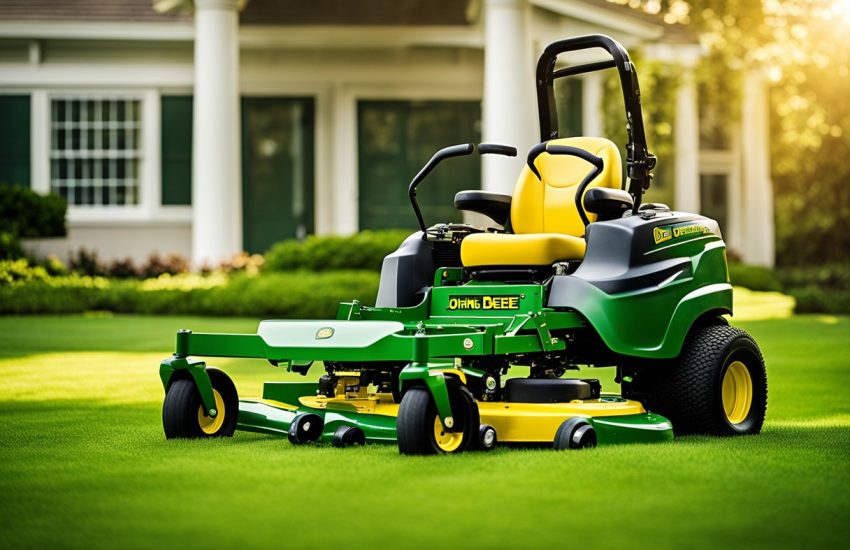Blackberry Farming: How to Plant, Grow and Harvest
Rubus Fruticosus, more popularly known as, blackberries are one of the most unique fruits around the globe. Blackberries are one of the easiest fruit to grow, yet their economical benefit is abundant. Blackberries with white flowers is a plant that enjoys exposure to the sun and bloom during summer times.
Blackberry farming is meritorious as there is great demand for blackberries due to their exotic taste and the market value of blackberries is quite high, making it a profitable type of farming. It could be more effective and productive if it is carried out in soil of acidic nature.
Blackberry plants also tend to bear their fruits quite soon and can be picked quite regularly giving a lot of productivity with little effort. Thus, it stands as no wonder that blackberry farming is one of the best types of farming.
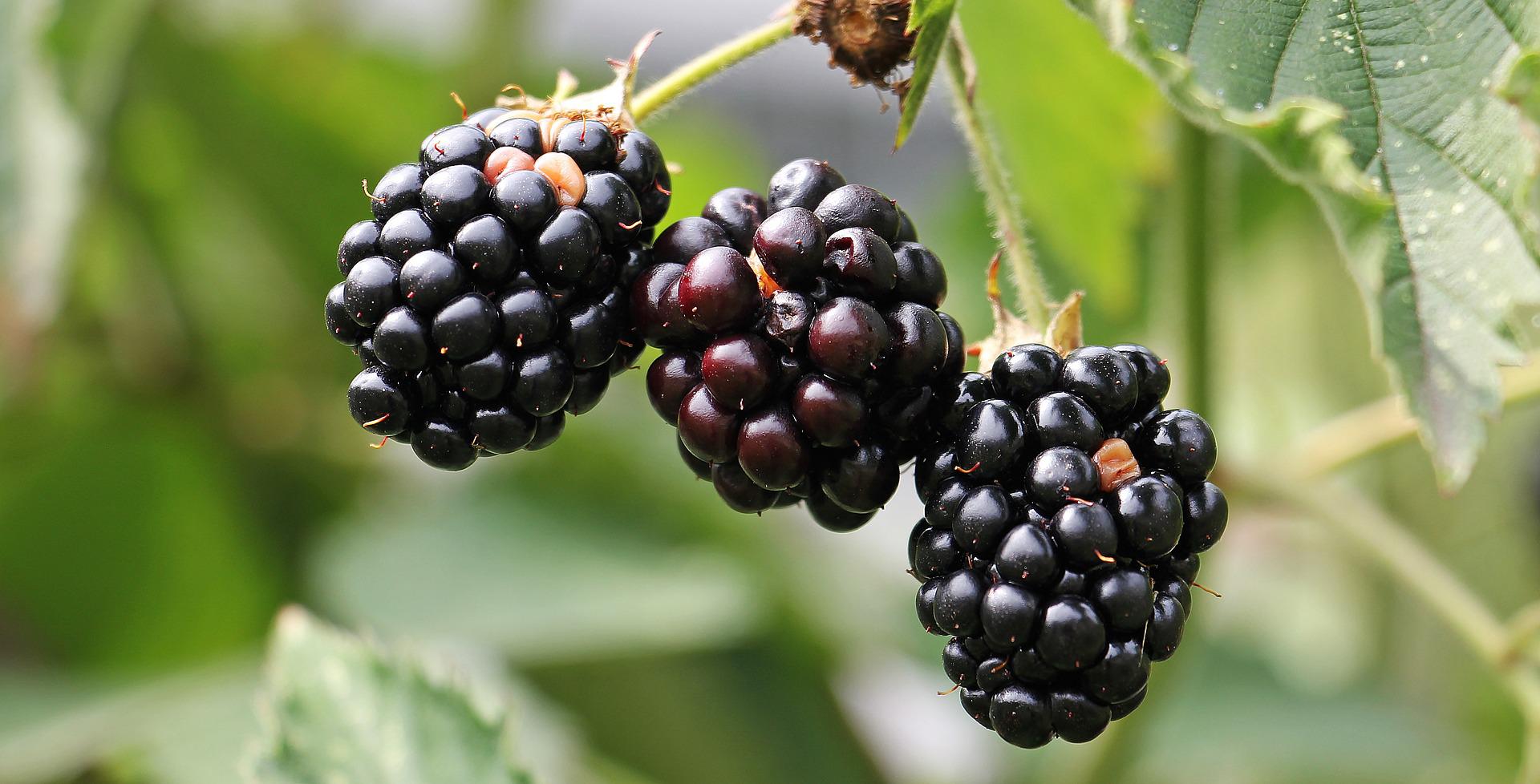
Perennial nature of blackberry
Blackberry farming exhibits another appealing quality. It is the perennial nature that it possesses. Blackberries are perennial in such a way that the roots of blackberries survive one year after another year. This quality feature is what makes blackberries perennial. However, the shooting part of the blackberry, which is called a biennial, does not follow the same features as that of its root.
The biennial, which grows for a whole year begins to bear fruits the following year. After one year of bearing blackberries, the shoot dies. This does not mean the death of the entire plant, as a new shoot arises. This new shoot continues to grow and will bear fruit the next year. This feature of blackberry makes the plant perennial. This is an attractive feature of blackberry farming.
See Also: Strawberry Farming
Types of blackberries
There are several types of blackberries. Though they are quite similar to each other, they show slightly differing features. There are three types of blackberries which are erect thorny blackberries, erect thornless blackberries, and trailing thornless blackberries. The basic difference in these kinds is based on the support they need. Erect blackberries do not need any support for their canes and can grow by themselves.
Erect blackberries are further classified into those with the presence of thorns and those without thorns. Trailing blackberries are the ones that need support for their canes to grow. Thus, trailing blackberries need to be trellised for support to ensure their growth. The types of blackberries thus differ in the need for their support to grow.
Planting of blackberries
Just like any other type of farming, blackberry farming also requires certain conditions and criteria to be followed to ensure productivity. Various factors must be kept in mind while planting blackberries. Blackberry farming usually uses canes.
The canes are plants as it is the most economic method. The canes must be planted during early spring to ensure successful growth. Thus, early spring is the best time to start the plantation process. However, it could also be planted during the end of autumn. Canes plants during early spring thrive better than in late autumn. This is mainly because blackberries prefer warm temperatures.
Due to the need for a hot environment, they are usually planted in early spring to prevent cold and low temperatures, which could potentially kill them. Blackberries are also very fertile. The rate of the ability of each plant to bear the blackberry fruits is quite high. This eliminates the need for multiple planting.
Soil requirements in blackberry farming
Another important area of concern is the land and soil on which the farming is to be carried on. The land has to be prepared beforehand to enhance the conditions for the growth of blackberries. As blackberries are plants that prefer warmth and heat, the land site for farming must be in such a way that there is abundant sun.
Sunlight ensures the growth of the blackberries thus utter
Since blackberries are also wild plants, there is a huge chance that these wild blackberries may mingle aiming at the ones that are planted. This is not desirable as the wild blackberries may not always be healthy and may be infected by some diseases. These diseases could pass on to the blackberries that are grown and may cause further issues.
The method of planting requires certain measurements to be kept in mind before beginning the process. The plants have to be planted at a distance of 5 to 6 feet from each other to ensure that the growth of one plant does not disturb the growth of the other plant. The canes have to be planted in the holes dug. The holes dug must be at least a minimum of 1 inch deep. These factors have to be considered to carry on with blackberry farming.
Growing blackberries
Blackberries require certain care for their growth and development. The main way to care for the blackberries is to mulch. Mulching is a process through which the ground is covered with something, such as dry leaves or even sawdust. It is essential as it holds in the moisture of the soil and keeps the moisture intact.
Mulching also helps in avoiding the problem of weed growth by preventing them from growing. Thus, mulching is an essential care routine in the case of blackberry farming. Since blackberries are the sun and moisture lovers. Care has to be taken to keep the soil moisturized. One inch of water per week is a requirement for the plant’s growth. However, standing water has to be avoided, which can be done with
the help of good drainage.
Pruning
Pruning is also important in the case of blackberry farming. In the case of trailing blackberries, once the fruits are borne and harvested, the old canes could be removed. This is much preferable when the canes are removed only in extreme conditions of diseases. This is because the dying cane passes on its nutrients and helps the newly growing cane to receive more nutrients.
Thus, the removal of old dying canes has to be done only under certain conditions. The growing canes do not require any kind of pruning at all. The newly growing canes are called primocanes. These primocanes need not be tied up at young age and during cold seasons. The primocanes being closer to the ground during the cold season could protect it. Once the cold season has passed these canes could be tied up and supported for their growth.
Pruning in erect blackberries
In the case of erect blackberries, the canes are usually stiff. The method of pruning differs for erect blackberries. The erect blackberries require pruning in the case of primocanes. The top 1 or 2 inches have to be pruned in case of primocanes to ensure sustainable growth. Such growth is done during the summer times.
The canes must be pruned in such a way that they do not go beyond the height of 4 inches. This could increase the future yield of blackberries. The canes would have matured and finished the process of bearing fruits by winter. At this point, the canes would be dead and it would be time for the new primocanes to grow. Thus, the old and dead canes could be removed now.
Pruning in semi-erect blackberries
There is a need for pruning even in the case of semi-erect blackberries. This method is quite similar t that of erect blackberries. In this case, when the primocanes reach around 5 inches of height, they need to be pruned. 1 or 2 inches of the top layer has to be pruned to promote development. This pruning process has to be followed whenever the height of the cane reaches around 5 inches.
Just like that of erect blackberries, in winter the cane would have finished bearing fruits and would have begun to die. In such cases, the canes can be removed, and let the new primocanes grow. These are the different conditions under which pruning has to be done. Pruning cannot be avoided at any cost as they are vital for the yield of the fruits and encourage efficient growth of the plant.
Harvesting of blackberries
The most important part of any farming is the part of harvesting. After ensuring and taking various steps to increase the yield of the plant, the berries could be harvested. Harvesting of the berry should be done when the berries are of a ripe black color. There must be utter care taken to pluck the berries only when they are fully ripe as the berries do not ripen when plucked.
When the berries are separated from their plant, they stop the process of ripening. The ripe berries are black in shade and plump in nature. Despite their plump nature, they are firm and not very squishy. The ripe berries could be plucked with just a gentle yank from the plant. Thus, harvesting blackberries is an easy process without involving much of modernized tools. The blackberries can be harvested every two days. This is very attractive as there is continuous production.
Extra attention has to be paid to ensure that the central plug is still intact while plucking the blackberries. The central plug must not be removed while plucking the blackberries. Storage of blackberries is the next stage in the case of blackberry farming. Blackberries once plucked from the plant do not have a long life span. Being a highly perishable fruit, they could decay within just a couple of days. Thus, immediately after plucking the blackberries, they must be kept in the shade.
Once all the blackberries are harvested, they should be refrigerated immediately. Sometimes, even refrigerating cannot guarantee that the berries will not decay. Thus, the best way to store these berries is by canning or by preserving them. These methods would considerably increase the lifespan of the blackberries until they reach the final market for consumption. This is the method of harvesting and storing that has to be followed.
Issues faced in blackberry farming
Blackberries face various issues of pets as well as disease. These must be recognized as early as possible and must be treated before it spreads and infects other healthy plants. The major disease affecting blackberries is known as the Raspberry Bushy Dwarf virus. This can be identified by the appearance of yellow on leaves.
The disease causes some bright yellow spots to appear on the leaves and the leaves that bear the fruit may turn yellow. Another major disease that affects the blackberry is known as Blackberry Calico. This disease also causes yellow coloration of the leaves. Apart from these, Raspberry borers, Fruit worms, grey molds, and viruses are also an issue in the case of blackberry farming
Conclusion
Blackberry farming is a type of farming that is quite easy to carry on, yet gives greater yields. The economic gain of blackberry farming is quite profitable. As this type of farming does not require any modernized or sophisticated technology, they are growing in popularity all around the globe.

